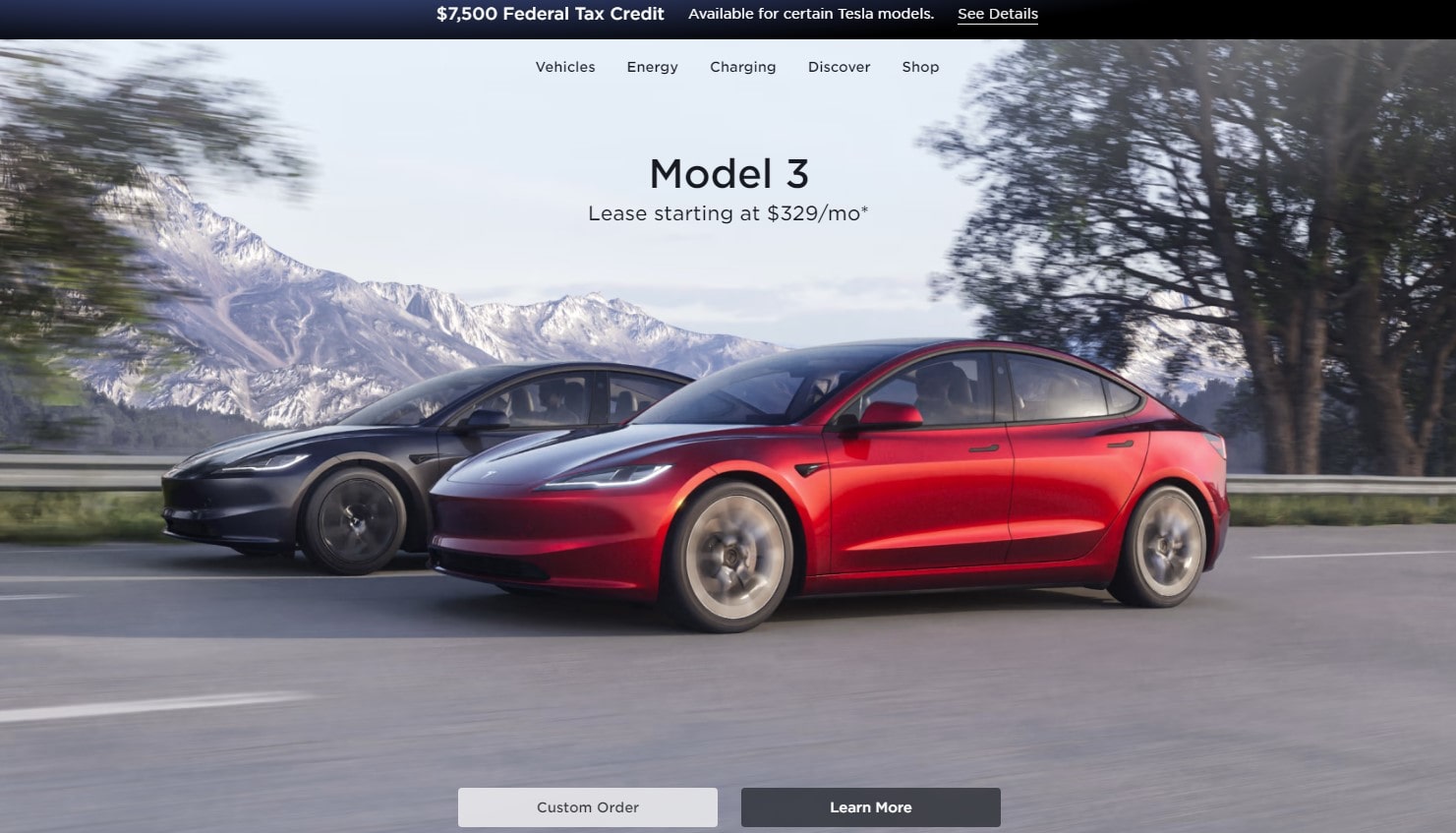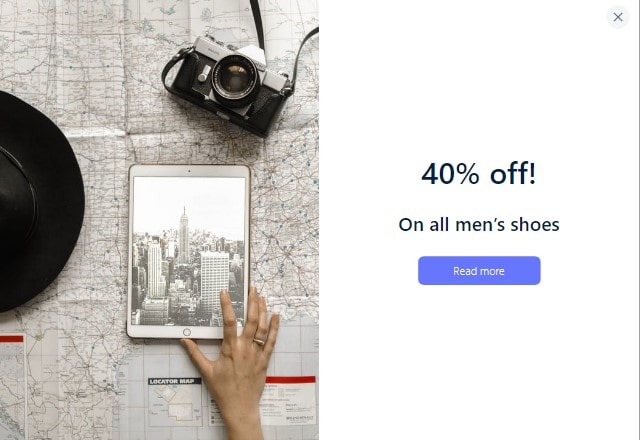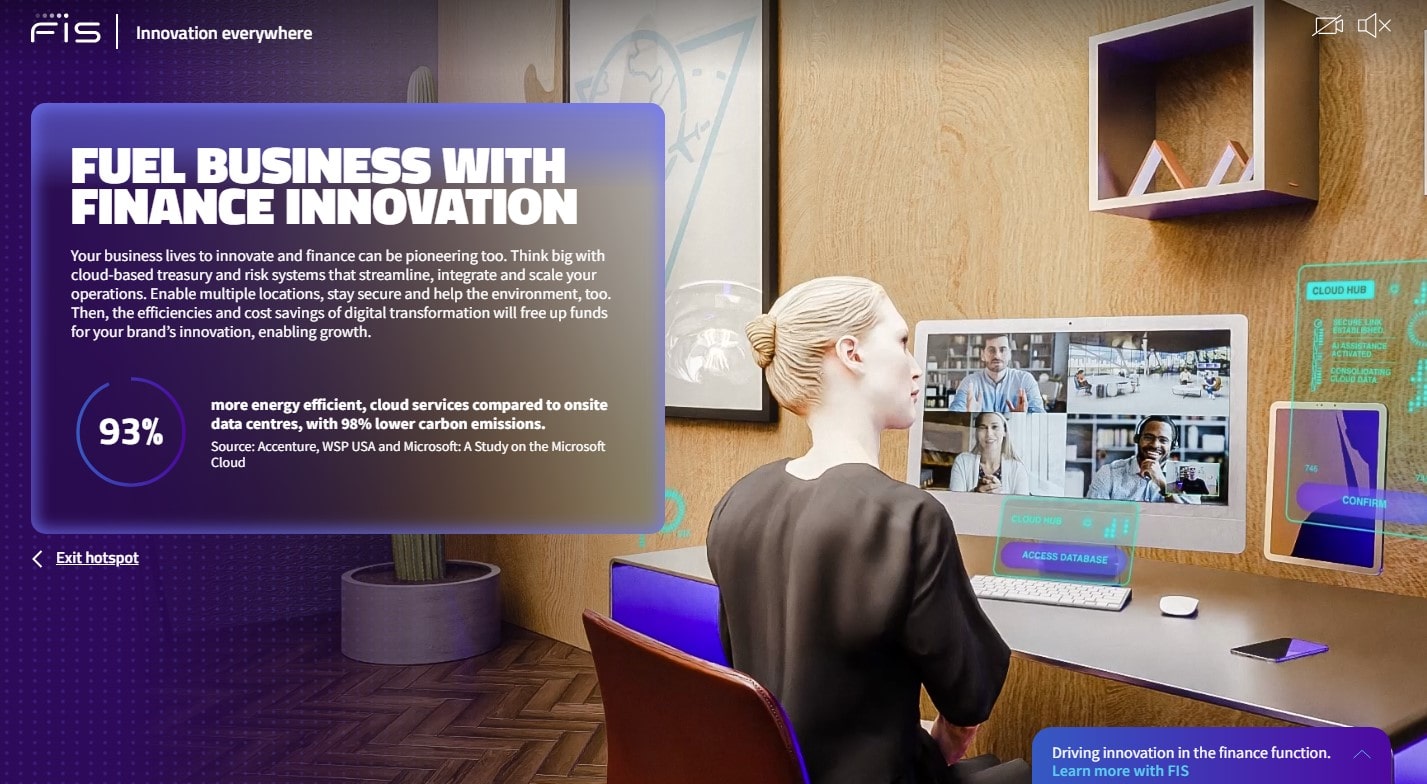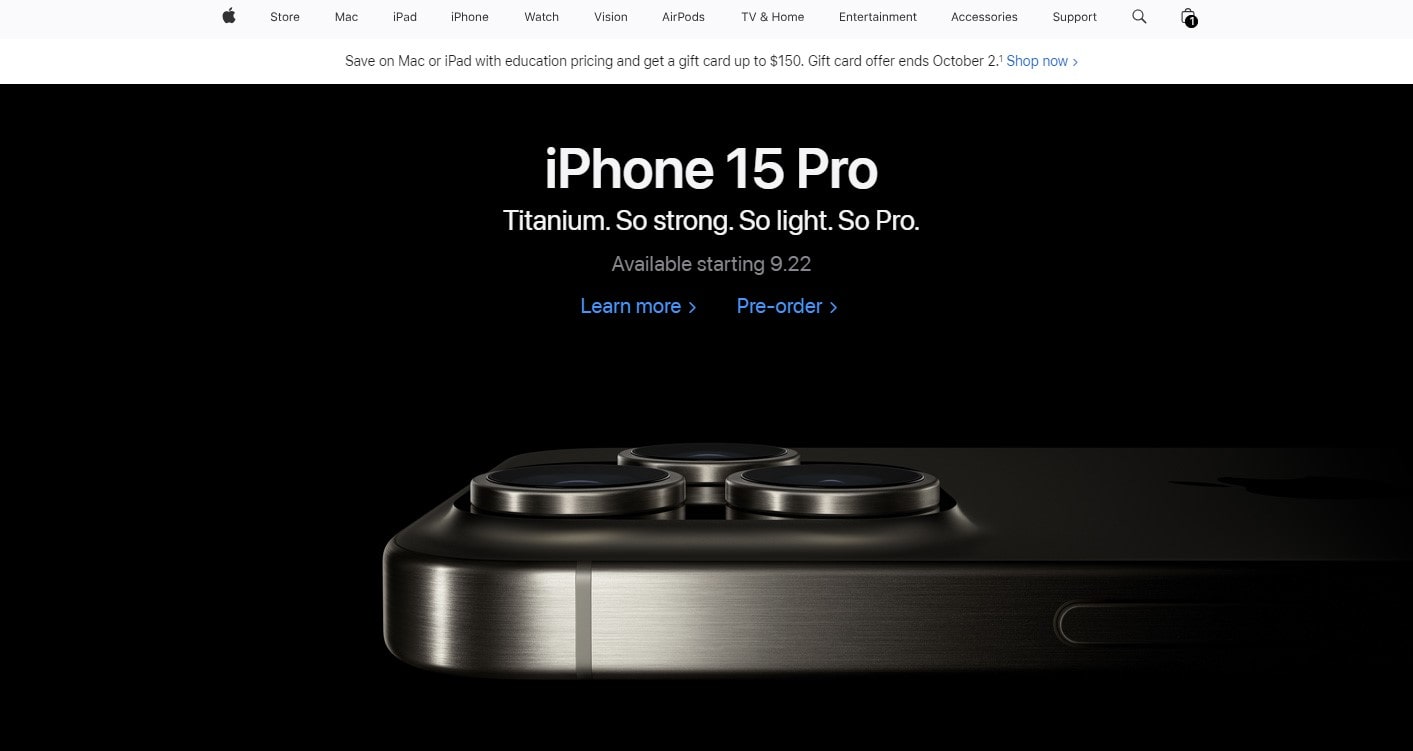Embark on a fantastical journey with every interaction in experiential marketing. This fresh strategy goes above and beyond the norm in marketing by creating unique connections between brands and customers through creating memorable experiences. Picture a pop-up culinary event by a gourmet brand offering a taste of luxury or a tech giant’s interactive virtual reality showcase, making technology tangible. Experiential marketing thrives on such vivid, hands-on encounters.
Key elements include:
- Engaging, interactive events.
- Personalized consumer experiences.
- Emotional, memorable campaigns.

To truly gauge these experiences’ impact, Plerdy’s analytical tools are indispensable, enhancing conversion rates and enriching user experiences.
Introduction to Experiential Marketing
Imagine walking into a pop-up shop where every detail, from the scent in the air to the interactive displays, tells a brand’s story. This is the essence of experiential marketing – a strategy that transcends traditional advertising by immersing consumers in a brand’s world through sensory and emotional experiences. Experiential marketing thrives on forging a deeper, more memorable connection with audiences, turning passive observers into active participants.
- Immersive Brand Events: Think of a tech company unveiling its latest gadget in an interactive exhibit where visitors can touch, use, and feel the innovation firsthand.
- Themed Pop-Ups: Consider a beauty brand launching a pop-up salon, offering free makeovers that showcase their products and embody their brand’s ethos.
- Socially Driven Campaigns: Picture a fitness brand organizing a community run, integrating their apparel and values into an experiential, social activity.
In these scenarios, experiential marketing goes beyond mere advertising; it creates a narrative that consumers can engage in. This marketing approach recognizes that today’s consumers crave experiences, not just products. They seek out brands that align with their lifestyles and values, and experiential marketing bridges this gap by offering genuine, interactive experiences.
This marketing trend taps into emotions, builds brand loyalty, and often results in organic social media sharing – a bonus in our hyper-connected world. As an expert in experiential marketing, I’ve seen firsthand how these strategies foster a sense of community and belonging among consumers, a feat traditional marketing methods rarely achieve. By harnessing the power of experiential marketing, brands can transform customers into brand ambassadors, creating ripple effects that extend far beyond the initial interaction.
Historical Evolution of Experiential Marketing
Experiential marketing has journeyed through a fascinating evolution, blossoming from humble beginnings into a powerhouse of modern advertising. In the early 20th century, experiential marketing was merely a whisper, a hint of what would come. It took its first confident steps in the form of World’s Fairs and expositions, where companies showcased inventions and products in interactive settings. These events were the seedlings of today’s experiential marketing.
- World’s Fairs: Groundbreaking inventions were introduced in a tangible, interactive environment.
- Promotional Tours and Product Samplings: Brands started using tours and sampling events in the mid-20th century, giving consumers firsthand experience of their products.
- Pop Culture and Sponsorship: The late 20th century saw brands dive into pop culture, sponsoring concerts and sports events, thereby embedding themselves into memorable experiences.
As we entered the digital age, experiential marketing took a sharp turn. It began weaving digital elements into live experiences, creating a hybrid that resonated with the tech-savvy generation. Social media platforms became stages for experiential campaigns, amplifying their reach and impact.
Today, experiential marketing is an essential component of comprehensive marketing strategies. It’s more than just a tactic; it’s an art form that blends creativity with strategy, aiming to create lasting impressions. As an expert, I’ve seen experiential marketing evolve and link brands with their audiences. In a world where consumers crave authentic experiences, experiential marketing shines, turning every interaction into an opportunity for engagement and storytelling.
Fundamental Principles of Experiential Marketing

Consumer interactions with brands are transformed via experiential marketing. This marketing strategy is about creating unforgettable experiences that touch consumers’ hearts and minds. It’s not enough to demonstrate a product; you need to tell a tale that moves the viewer.
- Emotional Connection: Experiential marketing hinges on creating an emotional bond. Whether it’s joy, surprise, or nostalgia, the goal is to elicit strong feelings that anchor the brand in the consumer’s memory.
- Engagement Beyond the Surface: This form of marketing seeks to engage consumers on multiple levels – sensory, intellectual, and emotional. It’s about creating an experience that’s both interactive and meaningful.
- Creating Shareable Moments: In our digital age, shareability is key. Experiential marketing aims to create compelling moments consumers want to share on social media, thus amplifying the brand’s reach.
- Personalization and Relevance: Tailoring experiences to resonate with specific demographics is crucial. Experiential marketing excels when it speaks directly to the interests and desires of its audience.
In experiential marketing, every touchpoint is an opportunity to tell a brand’s story. Imagine a car brand that doesn’t just showcase its vehicles but creates a test-drive experience that simulates an exhilarating road trip. Or a food brand that doesn’t simply hand out samples but invites consumers to a cooking class using their products. These experiences go beyond traditional marketing tactics by offering value and relevance to the consumer.
As an experiential marketing professional, I’ve seen these principles work. Brands that master the art of experiential marketing don’t just sell products; they create memories, build communities, and foster lasting brand loyalty. Experiential marketing offers something priceless – genuine, memorable experiences in a world where consumers are bombarded with messages.
Types of Experiential Marketing Campaigns

In the vibrant tapestry of experiential marketing, variety and creativity are the threads that weave together unforgettable campaigns. This kaleidoscope marketing strategy offers diverse approaches to engage and enthrall audiences. Let’s explore brands’ experiential marketing initiatives to engage customers:
- Pop-Up Experiences: Temporary and tantalizing pop-up experiences create a buzz by offering something unique for a limited time. A clothing brand might set up a pop-up boutique in a bustling city center, complete with personalized styling sessions, creating an intimate shopping experience.
- Immersive Events: These events transport participants into a different world. Imagine a gaming company launching a new game by creating a real-life adventure quest, allowing participants to live the game’s storyline.
- Interactive Installations: Public spaces turn into stages for interactive installations, inviting passersby to engage with a brand in unexpected ways. An art installation that doubles as a promotion for a new app can blend technology and creativity, drawing in a tech-savvy crowd.
- Virtual Reality Experiences: VR takes experiential marketing into the digital realm. A travel company, for instance, can use VR to transport people to exotic destinations, offering a tantalizing taste of their travel packages.
- Brand Festivals: These large-scale events celebrate a brand’s culture and values. Picture a health and wellness brand hosting a festival with fitness workshops, health food stalls, and motivational talks, creating a community around their brand ethos.
As a copywriter in this industry, I’ve witnessed how experiential marketing initiatives help firms break past traditional advertising. They don’t just tell a story – they invite the audience to step inside it, fostering a deeper connection beyond the product. Experiential marketing is about creating moments that resonate, experiences that linger in the memory long after the event has ended. It’s a powerful tool in a brand’s arsenal, turning customers into enthusiasts and advocates.
Strategies for Effective Experiential Marketing
Crafting an experiential marketing campaign is like orchestrating a symphony – every element must harmonize to create a memorable experience. As an expert in this field, I’ve seen the transformative power of well-executed experiential marketing. The key lies in strategic planning and execution. Here are some pivotal strategies for crafting effective experiential marketing campaigns:
- Understand Your Audience: Tailoring your experience to resonate with your target audience is crucial. A luxury brand may opt for an exclusive, invitation-only event, while a youth-focused brand could leverage a high-energy music festival.
- Create a Multi-Sensory Experience: Engage multiple senses to make the experience more memorable. A food brand could create an event where attendees taste the product and participate in its creation, engaging smell, taste, and touch.
- Leverage Social Media Integration: Encourage attendees to share their experiences on social media. This could be through Instagram-worthy installations or hashtags designed for the event, amplifying the reach of your campaign.
- Focus on Emotional Engagement: Aim to evoke emotions – joy, surprise, inspiration. An animal shelter hosting an experiential event might create an interactive story journey of a rescue animal, fostering emotional connections.
- Measure and Analyze Feedback: Post-event analysis is essential. Collecting feedback and measuring engagement levels help refine future strategies, ensuring continuous improvement in your experiential marketing efforts.
My work has shown that the best experiential marketing efforts make the consumer the hero. It’s about providing an experience that leaves a lasting impression on the consumer and builds a strong brand connection. Experiential marketing may turn indifferent consumers into brand loyalists.
Role of Technology in Experiential Marketing

In experiential marketing, technology is the magician, transforming ordinary experiences into extraordinary ones. As an expert in this niche, I’ve witnessed firsthand how technology elevates experiential marketing, making it more immersive, interactive, and impactful. Today, technology is not just a tool; it’s a crucial component in crafting engaging experiences.
- Virtual Reality (VR) and Augmented Reality (AR): These technologies transport consumers to different worlds or augment their reality. VR might be used by a travel operator to show customers unusual destinations.
- Interactive Displays and Installations: Touch screens, motion sensors, and interactive walls turn passive viewing into active participation. Imagine a store with interactive digital displays for product exploration.
- Social Media Integration: Experiential marketing benefits from social media. Live streaming or creating shared digital content extends the experience.
- Data Analytics and Personalization: Technology enables data collection to personalize experiences. A fitness brand could use wearable tech to tailor a workout event to individual fitness levels.
Incorporating technology into experiential marketing campaigns transforms them from one-dimensional advertisements into dynamic, multi-faceted experiences. It helps brands connect with their audience through sight, sound, and touch. As the digital landscape evolves, so does technology’s role in experiential marketing. It’s exciting to be in this field as we continually discover new ways to merge technology with marketing to create unforgettable experiences. Ultimately, the goal is always the same – to leave a lasting impression on the consumer that transcends the traditional bounds of marketing.
Measuring the Impact of Experiential Marketing
In the dazzling world of experiential marketing, measuring the impact is as vital as the campaign itself. As an expert in this field, I know that experiential marketing’s ultimate power is building enduring relationships. But how do we gauge the success of these campaigns? It’s a blend of art and science, requiring a meticulous approach to capture the essence of consumer engagement.
- Social Media Metrics: Tracking hashtags, mentions, and shares related to the event gives insight into its digital footprint. For instance, a music festival sponsored by a beverage brand can gauge reach and engagement through social media activity.
- Post-Event Surveys and Feedback: Gathering attendee feedback provides direct insights into their experience. A retail brand might use post-event surveys to assess the effectiveness of a pop-up shop.
- Sales and Conversion Rates: Monitoring sales figures pre and post-event can indicate the direct impact on consumer behavior. A cosmetic brand hosting a makeover event can track the increase in product sales following the event.
- Brand Sentiment Analysis: Analyzing changes in public perception or sentiment towards the brand pre and post-campaign can offer valuable insights into the experiential impact.
Measuring the impact of experiential marketing is multifaceted, requiring both quantitative and qualitative approaches. As a seasoned professional in this field, I’ve witnessed how successful measurement not only quantifies the success of a campaign but also provides crucial learnings for future initiatives. It’s about understanding the ripple effect of experiential marketing – from immediate engagement to long-term brand loyalty. By effectively measuring these campaigns, brands can fine-tune their strategies, ensuring that each experiential marketing effort is more impactful than the last.
Challenges and Considerations in Experiential Marketing

Navigating the exhilarating world of experiential marketing is akin to steering a ship through dynamic seas – thrilling yet filled with challenges. As an experienced specialist, I’ve seen brands overcome several obstacles to succeed with experiential marketing.
- Budget Constraints: Crafting immersive experiences often requires a significant investment. A luxury brand organizing a high-end event must balance extravagance with budgetary limits.
- Audience Engagement: Capturing and retaining audience attention in an era of information overload is a challenge. An experiential campaign for a new beverage might need help to stand out in a crowded marketplace.
- Measuring ROI: Quantifying the success of experiential marketing can be complex. Tech companies hosting product launches must track revenue and brand perception impacts by direct and indirect means.
- Logistical Complexities: Managing the logistical aspects of live events, from venue selection to crowd control, demands meticulous planning. Brand-sponsored music festivals require meticulous planning to run smoothly.
These challenges require marketers to think creatively and strategically. It’s not just about creating an experience; it’s about crafting one that resonates, engages, and stays within budget. The considerations extend beyond the event to encompass audience dynamics, return on investment, and logistical management. Experiential marketing efforts that tackle these issues head-on create opportunity for innovation and connection, in my experience. By doing so, brands can harness the full power of experiential marketing, creating events that captivate audiences and leave a lasting imprint on their hearts and minds.
Future of Experiential Marketing
As we gaze into the future of experiential marketing, it’s clear that this dynamic field is poised for innovative leaps. As an expert immersed in the nuances of experiential marketing, I foresee a landscape where technology and creativity merge to create even more immersive experiences. The following trends will shape experiential marketing:
- Augmented and virtual reality: These technologies will become more integrated, offering hyper-realistic experiences. Imagine a car brand using VR to let customers test-drive vehicles in fantastical settings.
- Artificial Intelligence (AI) and Personalization: AI will enable more personalized experiences. A fashion retailer could use AI to create a pop-up shop where customers receive personalized outfit recommendations.
- Sustainability in Experiences: Eco-consciousness will play a bigger role, with brands creating experiences that are not only engaging but also environmentally responsible.
- Hybrid Events: The blend of virtual and physical experiences will continue to evolve. A tech conference might offer virtual reality workshops for remote attendees while hosting live panels for in-person guests.
Experience marketing will thrive with technical advances and consumer behavior understanding. Brands will strive to create experiences and foster genuine connections, blending digital and physical realms to engage audiences like never before. Experiential marketing will continue to break boundaries as we progress, offering brands new avenues to connect with their audience in meaningful, memorable ways. This evolution promises exciting opportunities for those ready to embrace the changing face of marketing, crafting experiences that resonate deeply with consumers.
Conclusion
Beyond being a strategy, experiential marketing is an art form that brings businesses and customers together through captivating narratives. Every connection becomes a lively, memorable experience when marketing goes beyond typical bounds.
Crucial takeaways:
- Consumers are captivated and made to remember experiences through experiential marketing.
- This is more than just a promotional message; it’s an interactive trip.
- Because of the emphasis on customization in experiential marketing, every event is one-of-a-kind.
Experiential marketing changes how brands engage with consumers, as shown in Amazon’s immersive pop-ups and HubSpot’s interactive seminars. These events do more than advertise things; they give them character and make an impression that will remain.
Lastly, experiential marketing is the core of contemporary brand-consumer partnerships. Making an impact on your audience goes beyond simply selling products. With more and more brands jumping on the experiential marketing bandwagon, it’s clear that this strategy is here to stay.
